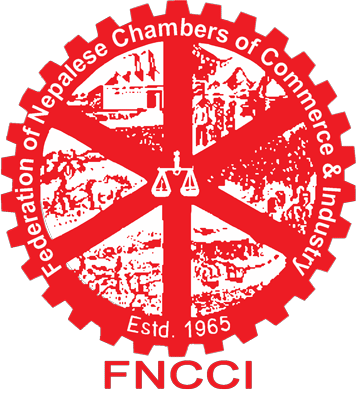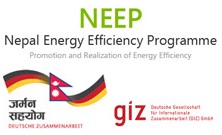Potential areas of Energy Efficiency improvements in Fans
- Minimizing excess air level in combustion systems to reduce FD fan and ID fan load.
- Minimizing air in-leaks in hot flue gas path to reduce ID fan load, especially in case of kilns, boiler, plants, furnaces, etc. Cold air in-leaks increase ID fan load tremendously. Du to density increase of flue gases and in-fact choke up the capacity of fan, resulting as a bottleneck for boiler/furnace itself.
- In-leaks/out-leaks in air conditioning systems also have a major impact on energy efficiency and fan power consumption and need to be minimized.
- Change of impeller by high efficiency impeller along with cone
- Change of fan assembly as a whole, by a higher efficiency fan
- Impeller derating (by a smaller dia impeller)
- Change of metallic/glass reinforced plastic (GRP) impeller by the more energy efficient hollow FRP impeller with aerofoil design, in case of axial flow fans, where significant savings have been reported
- Fan speed reduction by pulley dia modifications for derating
- Option of two speed motors or variable speed drives for variable duty conditions
- Options of energy efficient flat belts, or, cogged raw edged V belts, in place of conventional V belt systems, for reducing transmission losses.
- Adopting inlet guide vanes in place of discharge damper control
- Minimizing system resistance and pressure drops by improvements in duct system
References
Bureau of Energy Efficiency, 2010 Guidebook for National Certification Examination for Energy Managers and Energy Auditors: Book 3
Asian Productivity Organization, 2010 Training Manual on Energy Efficiency for Small and Medium Enterprises
Nepal Energy Efficiency Programme (NEEP), 2012-2016, Investment Grade Energy Audits



